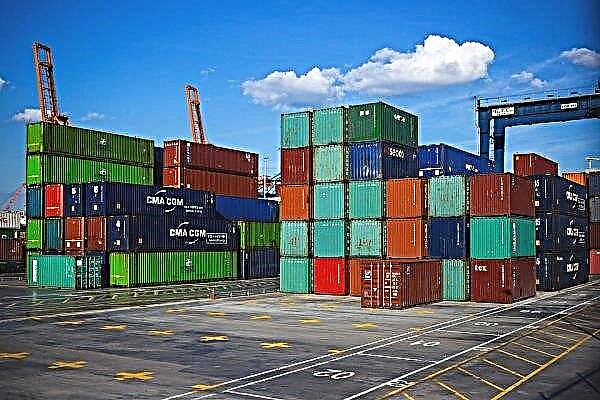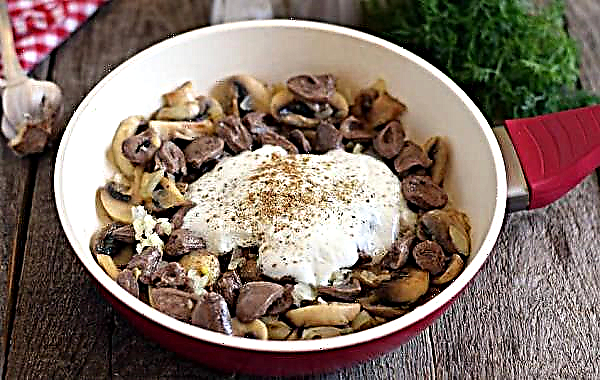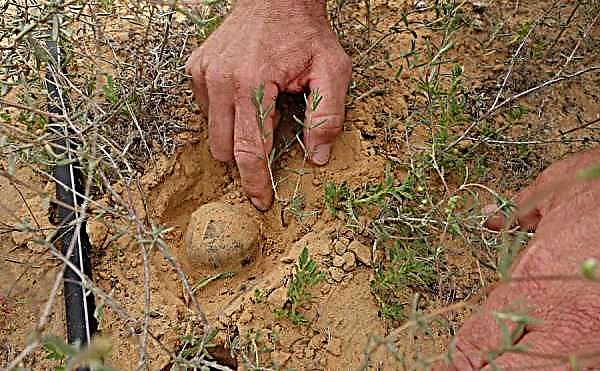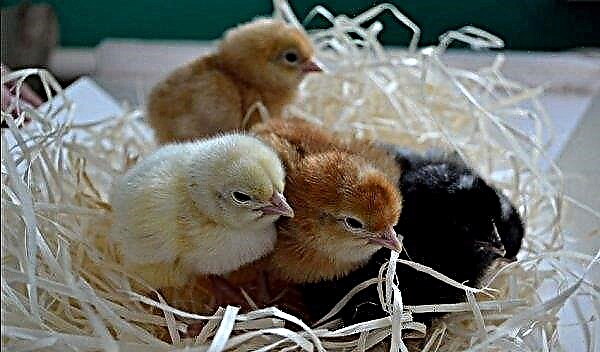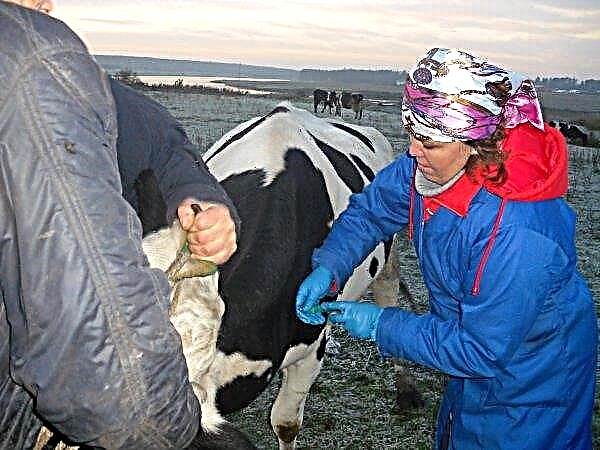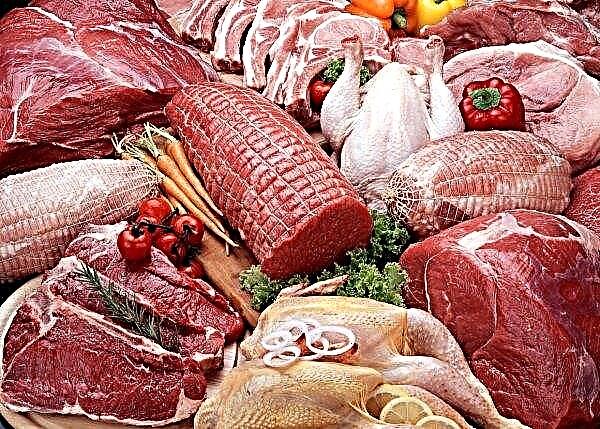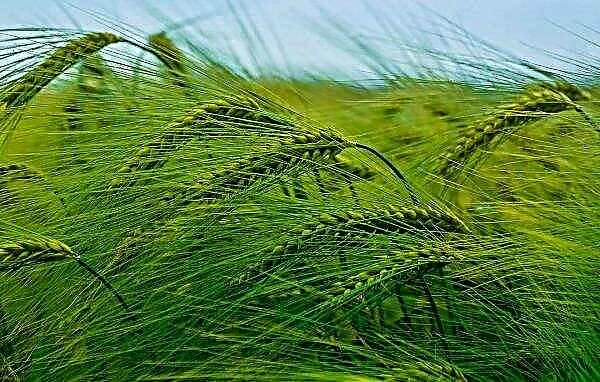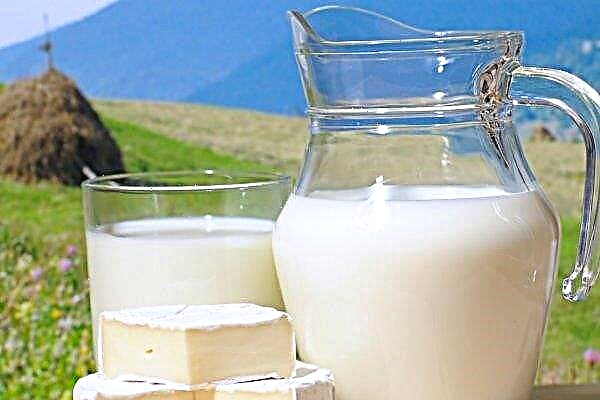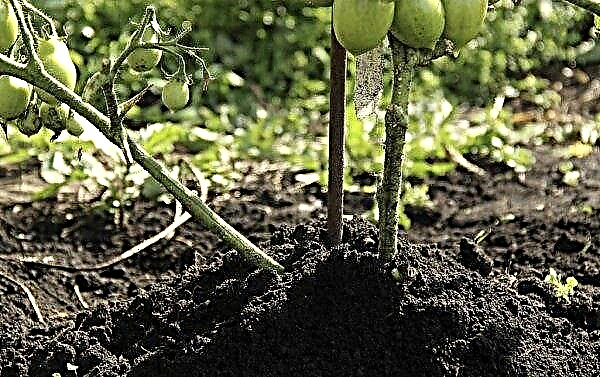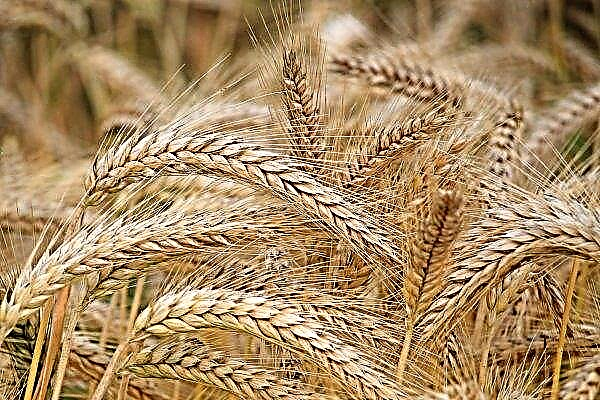Every year, the active sale of greenhouses begins in winter and by March reaches its peak. However, it is not worth rushing to install the structure, because the first crop of grown plants depends on the selected time. What greenhouse should be bought and when it is better to put it on your site - more on this later in the article.
When is it better to set - in spring or autumn
Manufacturers and suppliers are ready to assemble your greenhouse at any time of the year. However, the gardener must order the services of specialists in advance, taking into account the queue in the peak season. If you want to save money, you can do the installation yourself - according to experts, it is better to do this in the fall.
Farmers consider that for spring installation the greenhouse should be bought in December or January - then more likely to get the model you like. In the case of tightening, you may encounter the problem of overgrowing seedlings due to the lack of a place where it is time to transplant it.Did you know? The first greenhouse in Europe was built in Cologne in 1240 by the famous gardener Albert Mangus: in honor of the arrival of the Dutch king Wilhelm, he grew luxurious blooming vegetation in a specially designed structure, which decorated the banquet hall. Many, including the Inquisition, considered all the efforts of the gardener to be witchcraft.

In autumn, it is necessary to prepare a site for a shelter. When calculating, it is important not to forget to add an additional half a meter to the dimensions of the frame on each side, so that the structure is well lit and ventilated. In order not to delay the installation time, in winter you should clear the prepared area from snow - then with the onset of heat the earth will dry out faster and warm up. In the case of the autumn installation of the greenhouse in the winter, you should leave it open, otherwise in a damp and cool enclosed space a favorable environment will be formed for the vital functions of fungi and mold.
In the case of the autumn installation of the greenhouse in the winter, you should leave it open, otherwise in a damp and cool enclosed space a favorable environment will be formed for the vital functions of fungi and mold.
Polycarbonate structures during wintering are often covered with green mud, which is not always washed off. And tightly closed greenhouses with painted and galvanized metal elements in rainy weather form condensate, which causes rust on the frame.
For shelters mounted in autumn, it is important to clear the snow around the perimeter. Otherwise, with the onset of the thaw, it will freeze and will melt for a long time, delaying the heating of the soil inside the structure.Important! To increase the fertility of the soil during the wintering of the greenhouse, throw in as much snow as possible: it contains the elements necessary to feed the healthy living creature that lives under the mulch.

In addition, the owner will need to regularly remove rainfall from the greenhouse roof. It is permissible to leave a layer up to 10 cm thick. Specialists categorically Prohibit wielding on polycarbonate with shovels or other sharp objects: such a tool can damage the coating, as a result of which the material will begin to melt in the sun.
Did you know? According to historical information, the first winter gardens were built by the ancient Romans.
To understand when it is best to install a greenhouse, the table below will help you:
| Season: | Arguments for: | Arguments against: |
| Spring | You can plant any crop immediately after installation | The earth, softened after wintering, complicates the installation of the structure. In addition, seedlings in anticipation of melting snow can outgrow |
| On a site weeds will not have time to grow yet | Since April, many crops can be planted in open ground | |
| Wide range of products available | It is difficult to predict the weather, because of which you can skip all the terms of installation and planting of seedlings | |
| Fall | Cleared of previous vegetation and fertilized place | Damp, rainy weather makes installation difficult |
| Possibility of planting winter crops for winter harvest | — | |
| The new greenhouse has less work on cleaning the beds | — | |
| Soil and air inside the structure will warm up faster, therefore, the planting season will begin earlier. In addition, the installation of the greenhouse can be planned without rushing | — |
Is it possible to install in winter
Winter installation is often justified by an acceptable price, as well as the start of sales and a wide range of greenhouses. In addition, winter crops can be planted in such a design and an ultra-early harvest can be obtained. The advantage of the plants in December - February lies in the fact that the frozen soil underwent natural cleaning of weed seeds and parasite larvae, and moist soil allows you to engage in beds without additional watering.
If you put a greenhouse in winter, the effect of it will be greater than in spring. The only drawback of such a structure is the difficulty of choosing a place, because under the snow cover it is not always possible to recognize the necessary plants growing on the site, as well as assess the readiness of the soil. This is especially true for terrain with slopes that are subject to early equalization. Winter installation of greenhouses is more suitable for the southern regions, where there is a mild climate.
Important! The installation of polycarbonate greenhouses is best planned at temperatures above 0 ° C, because in frosty weather the material becomes very fragile.
Types of Greenhouses
In the modern agricultural market there are many greenhouse variations that differ among themselves by the type of construction, material, shape, purpose and features of operation.
What are the shelters and how to choose them, consider in the table:
| Types of greenhouses: | Feature (pros and cons): | Recommendations for selection and operation: |
| In shape: | ||
| Single slope | Ideal for large areas (can be attached to any room), compares favorably with high efficiency and comfort. The disadvantage is the difficulty in covering the roof | Models with a glass or plastic top are preferred, as the film often sags, as a result of which it collects rain water and breaks the sun's rays |
| Gable | The design is able to withstand the weight of the snow, the shape of its roof allows a wide selection of covering material. To extend or expand this design will not work | Choose models with a reliable foundation, the frame of which is treated with a corrosion-resistant coating. Be sure to check for leaks. |
| Arched | They have a smaller reflective surface, which causes more sunlight to enter. Design features allow crops to grow significantly higher than in other greenhouses. Caring for plants growing near walls is significantly complicated. In winter, roof breaks and deflections are not excluded | Not suitable for growing seedlings for the further purpose of its transplantation into open ground (the design is deprived of the possibility of hardening plants). Also, arched greenhouses should be avoided by residents of unstable climates. Due to the insufficiently fastening of the frame to the foundation, a strong wind can break the structure |
| Teardrop shaped | Thanks to the pointed top, the snow does not accumulate on the surface of the structure. As a result, the soil warms up more intensively in spring. The only drawback is the complexity of mounting the model | Ideal for the middle zone and the northern regions, characterized by snowy winters. The roof can withstand up to 70 kg of snow per 1 m², and sunlight penetrates any corner of the structure |
| By appointment: | ||
| Vegetable | Designed for year-round production of vegetable crops. Thus obtained products are more environmentally friendly compared to specimens from open beds The negative side is the careful selection of neighboring vegetables | The material for the floors must be reliable. Required ventilation hatches The ability to shade some types of vegetation is important. |
| Seedlings | Equipped with sliding racks, as well as special regulators of temperature, moisture and soil | Categorically not suitable for the cultivation of forcing green crops. It is better to use such buildings after sampling seedlings for growing green crops - lettuce, radish, dill, celery |
| Floral (greenhouses) | There are film or polycarbonate. The first are constructed in the form of tunnels, used for slowly growing and sensitive to cold flowers. Others are endurance and durability. | It is better that the greenhouse was a one-piece building adjacent to the south wall of the house |
| By type of operation: | ||
| Winter | They provide an opportunity to receive crops year-round from familiar and exotic crops. They are capital buildings with a powerful foundation. They can be deepened into the ground. Made of different material | Variations with a strong metal frame, a reliable brick foundation and a glass shelter are preferred |
| Summer | Operated from March to autumn frosts, heated naturally | Used for the cultivation of seedlings. Film models are preferable because plants do not need to overheat in the warm season |
In the manufacture of greenhouses often use a plastic film, glass or polycarbonate. Experts consider the latter option to be the best: its cellular structure promotes the formation of the microclimate necessary for the vegetation of plants and protects them well from spring frosts.  It is noticed that even the hundredth polycarbonate retains heat one and a half times more than glass and film. In addition, this material compares favorably with its strength and light transmission properties.
It is noticed that even the hundredth polycarbonate retains heat one and a half times more than glass and film. In addition, this material compares favorably with its strength and light transmission properties.
Important! It is better to put the greenhouse on the foundation in the warm season, when the earth is loose and soft.
Installation Recommendations
The competent choice of the right model of the greenhouse made of high-quality material does not guarantee its absolute return. To do this, the gardener must make a lot of effort, and it is worth starting with the installation of the acquired design.
How to position
When choosing a suitable place on the site, you need to consider the fertility of the soil, light orientation, the location of groundwater and remoteness from the house.
Referring to these factors, agronomists advise to be guided by the following rules when constructing a covering structure:Important! It is better to cover the greenhouse with polycarbonate in calm weather, otherwise it risks flying away with you to the neighboring site.
- Mount the building closer to home. The ideal option is to attach it to one of the walls of the living room: this can save on heating.
- Prefer flat flat terrain. If there are slopes, they will need to be cut. Avoid lowlands where cold air accumulates, as well as melt and rainwater. It is good if the site is located on a hill.
- Choose places with nutritious moisture-permeable soil. It should not be excessively loose and soft. Black garden substrates are ideal for garden crops. Before installing the foundation, be sure to wait until the earth dries.
- Position the greenhouse in a southeast or south direction. So you can protect the structure from strong winds and provide the crops growing in it with good lighting. Make sure that nearby trees and tall buildings do not cast a shadow on the shelter.
Video: how to properly position a greenhouse in a plot
What to do with soil
The development of seedlings and future crops largely depend on the characteristics of the soil: Ideally, it should be nutritious, moderately loose and soft, peeled of weeds and pathological environment, well permeable to moisture. Excessive loosening and fertilizing of the site can provoke disturbances in the natural structure of the earth. This is especially true for clay layers. When they are discovered, it is recommended initially to pour about 10 cm of gravel on the selected area, and cover it with a thick layer of black soil on top.
Experienced gardeners advise before starting installation work to conduct a geological examination, according to the results of which it will be possible to draw a conclusion about the degree of suitability of the selected site. For example, marshy and sandy areas categorically will not fit under the greenhouse. The moisture that will accumulate in such soil will not affect the growth of greenhouse crops in the best way.
Following the agrotechnical rules, the territory selected for the greenhouse should be cleared of weeds in advance, as well as shrubs and tall crops growing within a radius of one meter should be removed from it. Then deep plowing (up to 20 cm) and soil disinfection are carried out. As disinfectants use a weak solution of potassium permanganate or boiling water. After the manipulations, the soil is fertilized with organic substances (recommended solution of chicken manure in a ratio of 1:50) or mineral complex fertilizers.
In addition, it is important to monitor the acidity of the substrate, since fungi and pathogens of bacterial diseases develop in an acidic environment. To alkalize the plot, fluffy lime, dolomite flour (it is introduced exclusively in the fall, since the substance inhibits plant growth), cement dust and plain old plaster are shown. The recommended dose is 150–300 g / m², depending on the degree of oxidation.

If you have to deal with a greenhouse for the first time, it may make sense to entrust its installation to specialists. But the gardener is responsible for organizing this process and choosing the time, so it is important to know all the risks and the benefits of the autumn and spring installation of shelter structures.

